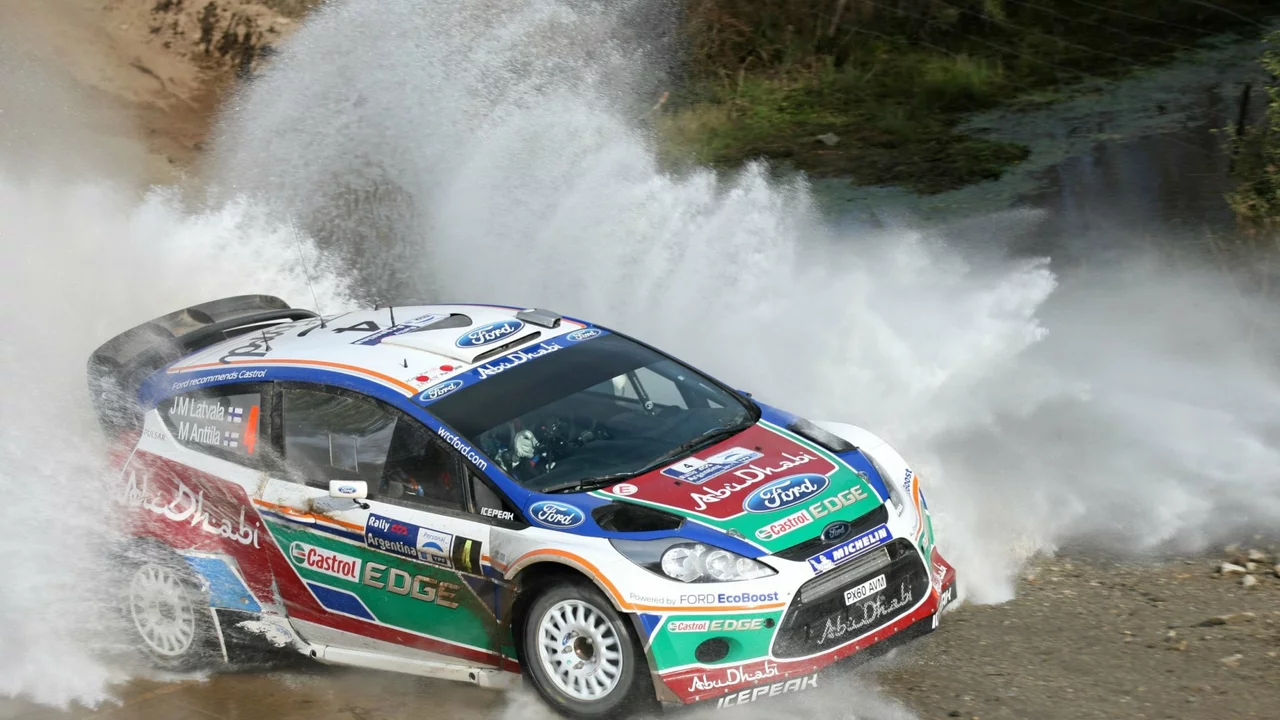Motorsports Education: Your Roadmap to Rally Success
If you’ve ever watched a rally car sprint through mud and thought, “I want to do that,” you’re not alone. The good news is that learning to rally isn’t a mystery reserved for pros. With the right steps, you can go from curious fan to confident driver, whether you’re a teen looking for a first taste or an adult chasing a new hobby.
First off, treat rally learning like any sport – start with a solid foundation. Enroll in a reputable rally school or club. In the UK, schools such as the Skip Barber Racing School or the Royal Motor Club’s motorsport courses offer beginner classes that cover car control, braking techniques, and basic navigation. These classes are hands‑on, so you’ll spend more time behind the wheel than listening to lectures.
What to Expect in Your First Rally Course
A typical beginner course runs two to three days and mixes theory with practice. Expect to learn how to read pace notes, manage weight transfer, and handle different surfaces – gravel, tarmac, and mud. Instructors will also stress safety: helmets, fire‑resistant suits, and roll cages aren’t optional; they’re the baseline. By the end of the course you should feel comfortable taking a car through a short timed stage without panicking.
While a classroom is great, nothing beats real‑world experience. Look for local club events or “arrive and drive” days where you can rent a rally‑spec car and test your skills on a closed course. These events let you practice what you learned without the pressure of a competition. Plus, you’ll meet other drivers who can share tips, recommend mechanics, and even help you find a sponsorship down the line.
Tips for Teens Starting Their Rally Journey
Teen drivers have a few extra hurdles, mainly around licensing and insurance. The UK requires a provisional driving licence and a minimum age of 16 to drive on private land for training. Some schools offer youth programs that work with parents to cover insurance costs. It’s also smart to start with a road‑legal car and add rally upgrades gradually – a cheap hatchback with a rear‑wheel‑drive conversion is a popular entry point.
Don’t ignore the mechanical side of rallying. Knowing how your car works helps you fix issues on the fly during a stage. Many schools include a basic mechanics module, but you can also watch YouTube tutorials or attend a local garage workshop. Understanding suspension tuning, tire choice, and engine cooling will make you a more well‑rounded driver.
Finally, set realistic goals. Your first aim might be to complete a 5‑kilometer timed stage without off‑roading. Next, aim for consistent stage times and learning how to work with a co‑driver. Celebrate small victories – they keep the motivation high and the learning curve manageable.
In short, motorsports education isn’t a single class; it’s a mix of formal training, hands‑on practice, and a dash of DIY learning. Find a reputable school, get on the track, and start tinkering with your car. Before long you’ll be navigating the twisty forests of the UK rally scene with confidence and a smile. Ready to start? Grab a helmet, book that course, and let the learning begin.
How do I start learning rally racing as a teen?
So, you're a teen and you've caught the bug for rally racing, huh? Welcome to the adrenaline-fueled world of dirt and speed, kid! First things first, get yourself enrolled in a rally school. They'll teach you the basics and get you comfortable with high-speed maneuvers. You'll also need to learn about car mechanics, safety protocols, and the importance of teamwork. And remember, it's not just about being fast, it's about having fun and staying safe! So buckle in, it’s going to be a wild ride!
Read More

